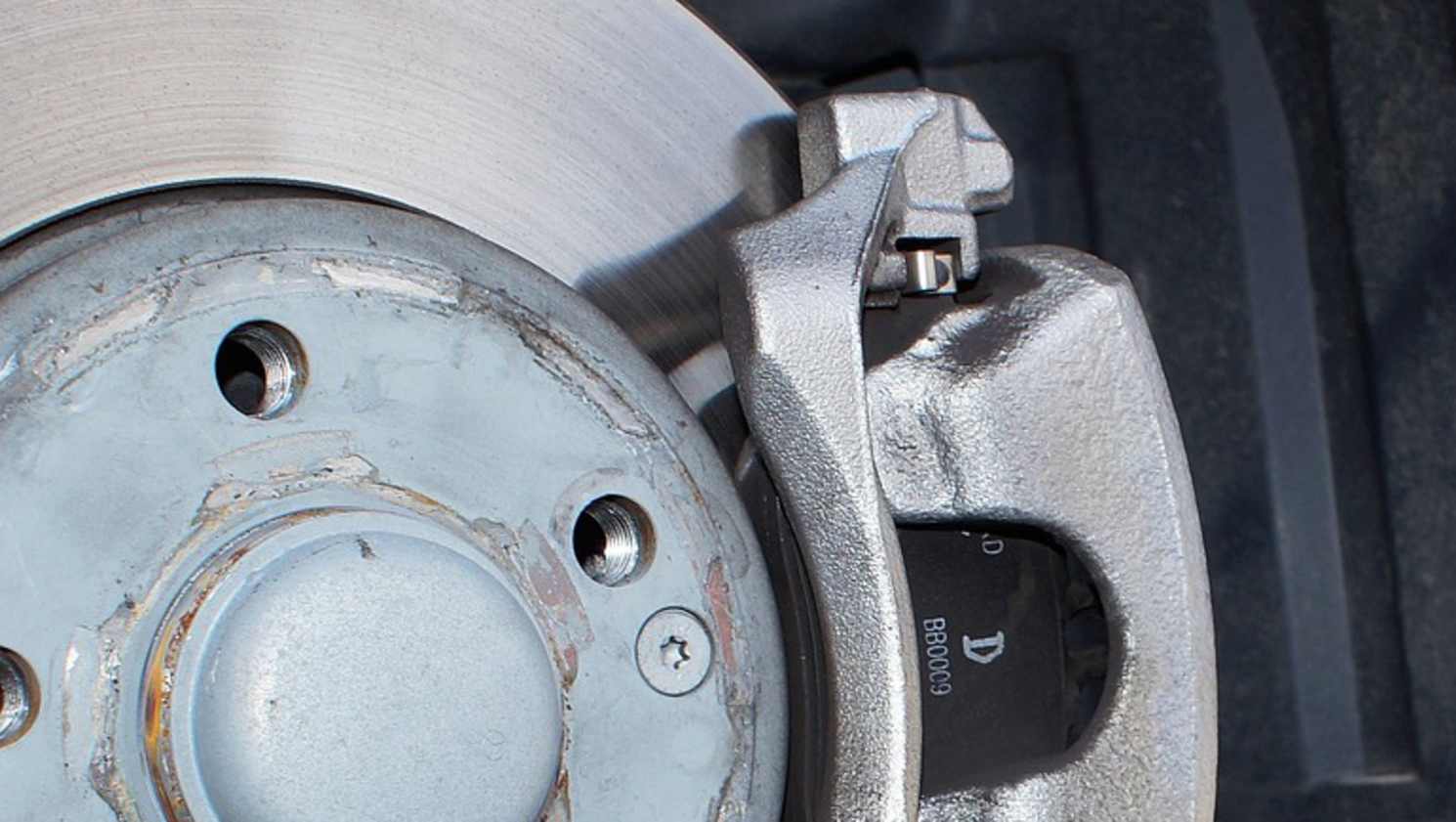Have you ever been happily tootling down the road when something has gone very wrong, very suddenly? A child runs out, for example, or someone swerves into your path, and so you slam the brakes on, welding your foot to the pedal with all your might?
How could you have stopped so quickly? Well, nearly all cars built in the past 10 years have a piece of technology called EBA, and this helps you grind to a halt in record time during panic-stop situations.
So, what does EBA stand for? EBA is Emergency Brake Assist, sometimes referred to as Brake Assist (BA). What is Emergency Brake Assist? It is a technology developed to gauge when a driver is trying to execute an emergency stop, otherwise known as a panic stop.
Mercedes-Benz conducted research in a driving simulator back in 1992, which revealed that nearly all drivers didn’t apply enough force to the brakes when trying to stop their car in an emergency situation.
EBA is not considered a collision avoidance system like autonomous emergency braking.
So Benz got together with automotive parts supplier TRW/LucasVarity to develop a system that detects the speed and force with which the brake pedal is being pushed. If the system recognises it as an emergency stop, and the brake pedal isn’t being pushed as hard as it could be, it then fully applies the brakes to the point where the anti-lock braking system (ABS) kicks in to prevent the wheels locking.
Interestingly, EBA is not considered a collision avoidance system like autonomous emergency braking. Unlike AEB, emergency brake assist doesn’t initiate the braking by sensing an imminent collision, instead it relies on human input.
The next key question here is; which cars have brake assist? Mercedes-Benz debuted the technology in its 1996 S-Class sedan and SL roadster, adding it to their entire range of vehicles by 1998. They were quickly followed by Volvo and BMW, and, by 2009, all vehicles sold in Europe had to have EBA technology fitted as standard equipment.
Toyota introduced brake assist in 1997 across most of its worldwide passenger range, including Corolla, Camry, Yaris and Echo, combined with a widespread roll-out of ABS. In Australia the 2002 VY Commodore was the first Holden to feature brake assist across the entire range, while Ford’s BA Falcon also featured brake assist on most of its models from that time, too.
And with the widespread introduction of advanced automated collision avoidance systems around the world, along with systems like Electronic Brake-force Distribution (EBD), cars have never been safer!








.jpg)
.jpg)
.jpg)
.jpg)



